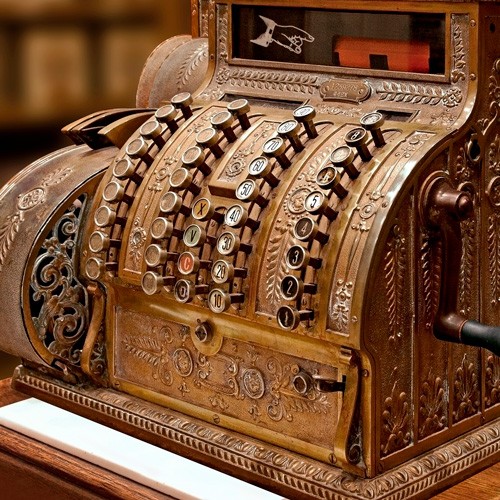
Accounting services.
To its modern form, bookkeeping has come a long way from primitive oral calculations carried out by one person (6th millennium BC). The records that have reached us from the times of ancient China testify to the existence of accounting for 8 thousand years.
 Data on the history of the emergence of accounting in ancient China allow us to judge the rapid development of inter-business relations, which led to the need for the formation of records of material assets, their movements and balances.
Data on the history of the emergence of accounting in ancient China allow us to judge the rapid development of inter-business relations, which led to the need for the formation of records of material assets, their movements and balances.
The Accounting System in the Ancient World
The history of accounting began in the tribal community, where writing and arithmetic were not yet sufficiently developed. The accounting was carried out at the level of sufficiency of material resources that meet the basic needs of a person. Usually such records were kept by the elder or chief.
The sufficiency of oral accounting was determined not only by the absence of writing, but also by the absence of devices for storing food, things and other material values. Often there was simply nothing to consider.
The appearance of the first written records in ancient Egypt and Babylon
The emergence of economic relations between tribes, as well as the emergence of writing and arithmetic contributed to the history of the development of accounting. The formation of the system of relations in the form of duties (taxes) also had an impact. The first methods of accounting were inventory and record keeping, signs of which have been found in states such as ancient Babylon and ancient Egypt.

The inventory tables were dated at 2-year intervals, that is, the inventory was performed once every 2 years. In ancient Egypt, accounting records were kept on papyri, the length of which reached 4-5 meters. Writings were made on such a “roll” in black and red ink, with the more important numbers (day and month, total amounts) highlighted in red.
In ancient Babylon, thin tablets with a layer of clay were used for records. To record the data, the clay was wetted with water, written on, then dried and burned. The record of the business transaction contained data on the date, sender, receiver, name and quantity of the valuables. Often such “cards” were sealed in vessels with the contents indicated on the seal and kept.
When transferring funds, a receipt was required, without which the transaction was considered invalid. Accounting of material possessions was carried out in the palaces and private houses of the nobility, as well as by merchants. State records were usually kept by churches.
Stages of accounting methodology evolution
The gradual development of the accounting system is divided into 6 stages.
Naturalistic.
This is what the accounting systems of the Old World belong to. BC 4000 until AD 500 The foundation was laid for the statement of the facts of the existence of property and business transactions.
Valuable (5th century BC – XIII AD).
The stage when accounting is divided into natural and monetary accounting of values. The creation of money led to the determination of the value of each good or service, so accounting was divided into patrimonial (accounting for property) and patrimonial (accounting for cash flows).

Digraph (1300-1850).
The need to determine the financial result of economic activity led to the emergence of unified and two-graphic records of domestic accounting. Capital, profit and loss accounts appeared in the chart of accounts. Digraphic (double) registration has been more developed, but the popularization of single accounting has been shown by the transition of small businesses to the simplified tax system.
Theoretical and practical (1850-1900).
A dispute between accountants about the classification of graph accounting in law or economics. Development of the system of accounts, their classification. A system of conventional categories emerged that is still in use today: cost, balance sheet, production and distribution costs, profit.
Scientific (first 50 years of the twentieth century).
The simultaneous presence of legal and economic interpretations of accounting, their alternative strengthening and weakening, without obvious signs of the dominance of a specific doctrine. During this period, accounting is reoriented according to the principle of industry, the national accounting and reporting system is brought to uniform standards, and a system of principles for assessing the property and legal status of the enterprise is developed. This stage is characterized by the emergence of a cost accounting system based on points of responsibility (fixing places). The concept of costing appears, taking into account not only direct but also indirect costs. There is also an upcoming cost rationalization system that radically changed the concept of accounting. Features of the dynamic and static interpretation of the balance sheet led to the emergence of auditing. In a number of European countries, tax legislation is beginning to develop, which creates prerequisites for the emergence of legislative norms in the field of accounting law.
Modern (from 1950 to the present day).
The development of the dynamic interpretation of the balance sheet led to the emergence of management accounting, and the static interpretation became the basis for the creation of international financial reporting standards and the national accounting system. A tax accounting system was formed.
Nowadays, the provision of quality accounting services is necessary for proper business development.
Accounting services
Since 2008, the Balance Sheet accounting company has been providing high-quality accounting services throughout the territory of the Republic of Armenia. We offer:
